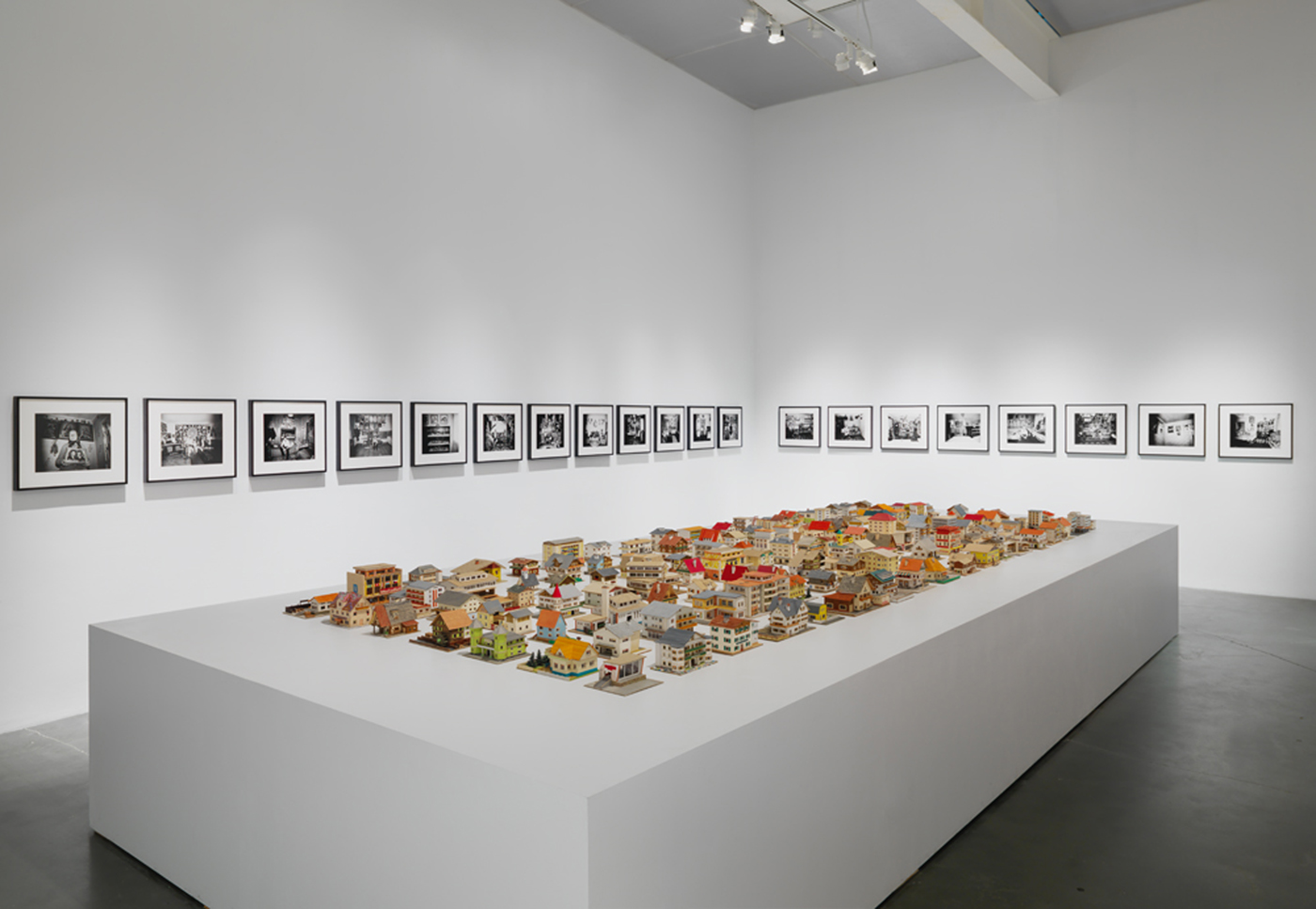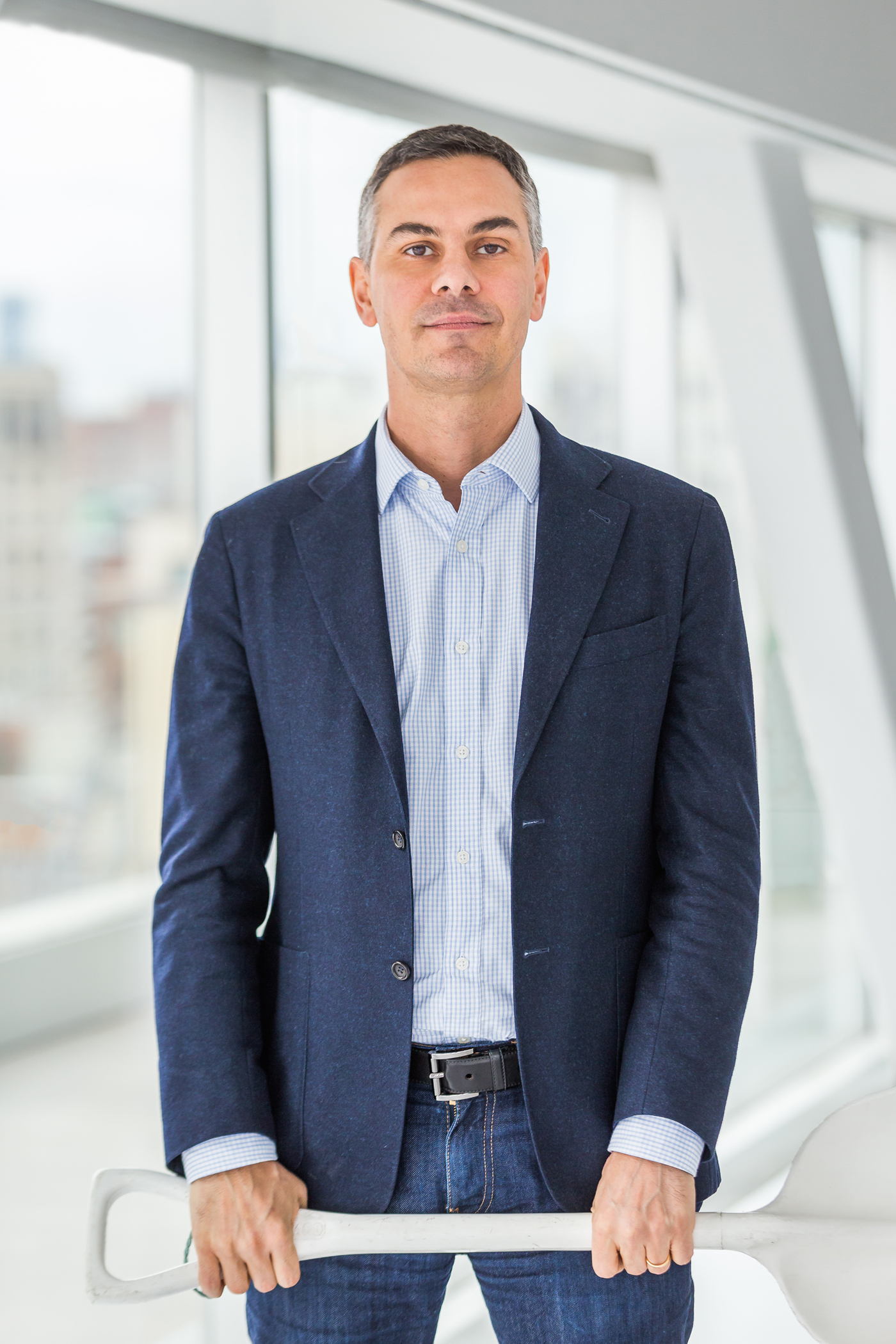CT/ I am honoured to welcome Massimiliano Gioni in the Contemporary Outsider Art Section and to inaugurate a new series of conversations with international art experts. Lately on these pages a discussion is going on over the opportunity of the use of the definition ‘outsider’. Especially in the USA, it is judged as demeaning, discriminating and inappropriate, whilst in Europe, it is used in a much more unconcerned way. You have curated many massive art exhibitions and in 2013, as director of the Venice Biennale, you exhibited works by artists who stepped into the art world through a subversive path from the norm, like Morton Bartlett (whose work was introduced to the EPS readers on these pages), side by side with internationally acclaimed artist. Why do you think it is still so difficult for artists with an unorthodox background to become considerable members of the art community?
MG/ Every time I am asked to talk about Outsider art, I am reminded of the old joke about the crazy guy in the mental hospital. Trapped in his cell, the madman keeps knocking on the door, shouting at the doctors: ‘Are you insane? Quick, open up! You've locked yourselves inside!’
It does not take the antipsychiatry movement to remind us that normality and difference are always relative and result from hegemony and hierarchies of power. As Michel Foucault wrote, to understand the doctor and the institutions the doctor represents, we should talk to the patient: it is not psychology that can tell the truth about madness, but rather madness that holds the truth about psychology. Likewise, examining what we regard as Outsider art can help us understand the restrictive terms we have applied to the discipline of art history and to the very definition of art. In other words, probing the accepted distinctions between canonical art and the practices that do not abide by its orthodoxy can lead us to question the rigidity of the categories we force onto art. I think of this approach as a way to advocate for diversity or an attempt to improve one's vocabulary or increase the range of one's own voice.
CT/ In 1963, Harald Szeemann conceived the exhibition ‘ Bildnerei der Geisteskranken – Art Brut – Insania pingens’[1] leading the way to exhibitions where the works of anonymous artists, often with mental health issues in their personal history, coexisted with works of widely recognised artists. It is an operation where the affirmed artist serves above all to legitimise the work of the non-institutional artist. Today this kind of exhibits are less likely to be and the approach is towards a participatory curatorial practice, where the artist's active involvement is prioritised. Do you think that the definition of contemporary art, so unspecific and yet so powerful, is ready to embrace creative works from any background or do we still need labels and subcategories?
MG/ Tracing the boundaries around the current definition of art means not only rethinking its essence, but also, if possible, expanding its contours. For many artists of the historical avant-garde – such as the Surrealists or Jean Dubuffet, the tradition with which Szeemann was reconnecting in his work – engaging with Outsider art was a way of letting the barbarians into the civilised border of the empire. Today we have to find ways to challenge the very notion of boundary and map, creating a new cartography that better attests to the complexity and richness of the territory; and – like the scholar in Kafka's story about the Great Wall of China – we know that every boundary can be transformed into the foundation for a new Tower of Babel, in which difference and multilinguism will again reign.
The art of dilettantes and autodidacts reminds us that artworks exist precisely to shake up borders and definitions. Art should be allowed to palpitate in ambiguity, rather than being corralled into an immediately recognisable, easily classifiable product. An artwork is a subversion of categories, not an ossification of them: the work of self-taught artists renders all the more explicit the sabotaging of definitions that is at the core of all art.

Fig. 1. “The Keeper,” 2016. Courtesy New Museum, New York. Photo: Maris Hutchinson / EPW Studio

Fig. 2. Massimiliano Gioni. Courtesy New Museum. Photo: Scott Rudd
It is for these reasons that I think it is essential to treat masterpieces as amateur art, but not to do the opposite. The point is not simply to regard Outsider or amateur art as if it were art worthy of the highest esteem, but to treat the major arts as if they were minor: we must treat the masterpiece as an outsider, and not the Outsider as a masterpiece. Only in this way can we restore the urgency and devastating critical power of art. Today, art is too often reduced to pure visual entertainment. Treating any art as minor can help us keep its subversive power alive. The task is to consider all artworks as if they were minor: we should aim not at assimilating Outsider art into the ‘major’ canon, but at dissolving the canon – or multiplying it and fragmenting it – with the help of Outsider art.
CT/ Art exhibitions are becoming the last public space for critical engagement where social issues are addressed and where identities that otherwise would have never met coexist. I think in particular of your exhibition ‘La Terra Inqueita’ [2] whose theme was the so-called ‘refugee crisis’ that started in 2011. An equally intense reflection on the political handling of this huge human flow and of its outcomes, if it had been done for instance on the Italian newspapers or on public television, it would have received a wave of protests and controversy. Is art a true space for political resistance, or a machinery for temporary ideal worlds?
I might be idealistic or naive about this, but I believe that art and exhibitions can function as models or prototypes in which we experiment with notions we would have trouble engaging with in real life. Art is a space where we learn to come to terms with things we do not understand.
CT/ The most valuable asset in an artist is the energy to be creative despite the banality of the everydayness, and this is true both for the established one as for the one unbound by conventions. It is a great lesson for all of us and it is a guarantee that art will hardly find an end. What are the distinctive features of the current standard in contemporary art production and do you see any radical changes coming?
MG/ I like to think that every artist, whether professional or amateur, is self-taught. All artists teach themselves and teach their hands (or perhaps it is the hands that teach the artist) new ways of shaping matter and materials. In that moment when hand meets material, Auriti, Jung, Aloïse [Corbaz] or Picasso were not all that different: each had to teach himself to obtain what he wanted from the materials he had chosen.
One of the reasons I have embraced the art of autodidacts with such enthusiasm is that very often their works are based on the rejection of any sense of taste and this rejection is precisely what makes their works most akin to the best examples of professional art, and vice versa. Duchamp saw taste – good or bad – as the greatest enemy of art, whilst, according to legend, Picasso said that taste was a problem best left to ice cream makers. With their rejection of taste, the artworks of both amateurs and the greatest professional artists equally rattle the accepted hierarchies of art and culture to their foundations.
Proust said that the best novels always seemed written in a foreign language, and I believe that is the responsibility of art and the responsibility we have towards art – to keep its foreignness alive.
CT/ Thank you Mr Gioni for taking your time to get us a deeper insight into the latest practices of the art world today, for sharing your perspective on contemporary culture and for contributing to the discourse on the notion of self-taught and Outsider Art.
About the author
Massimiliano Gioni is the artistic director of the New Museum in New York and the director of the Nicola Trussardi Foundation in Milan. He has curated numerous international exhibitions including Manifesta 5 (2004), the 4th Berlin Biennale (2006), the 8th Gwangju Biennale (2010) and the 55th Venice Biennale (2013).
Carole Tansella, Section Editor






